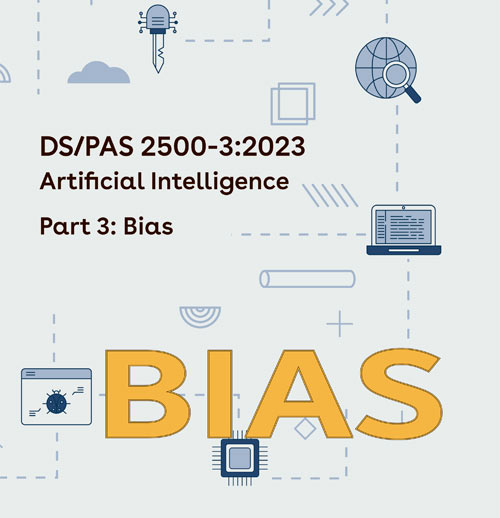About
As artificial intelligence continues to develop and spread, attention has been drawn to the unwanted biases that can find their way into IT systems. These biases, when applied in specific IT systems, can impact various population groups based on factors such as gender, colour of skin, age, disability, social class, and more.
The presence of these unwanted biases in IT systems results from the complex intersection of IT, human involvement, and processes — both organizational and technical — during the development of these systems. This specification focuses on IT systems that are involved in or contribute to decisionmaking processes affecting groups of people, particularly AI-based systems. The development of IT systems also includes a range of human decisions: at each stage of the development process, choices are made, and biases can emerge during these decisionmaking processes.
The specification aims to provide guidance on how to create transparency about these biases and their potential impacts. From there it is the responsibility of the reader to determine which biases are considered wanted, unwanted, or neutral.
The specification does not provide guidance on determining what is fair, but instead helps the reader establish a basis for making informed decisions, considering applicable legislation, as well as personal views, values, and perceptions of fairness.
The goal is for the specification to be widely adopted and reach a diverse audience, including IT developers, legal professionals, HR departments, internal decision-makers, as well as purchasers, public authorities, and citizens. By doing so, the specification aims to raise general awareness that artificial intelligence will almost inevitably reflect biases that result from human bias in the development of IT systems. As a result, the focus should be on identifying and managing unwanted biases rather than attempting to eliminate bias entirely.




